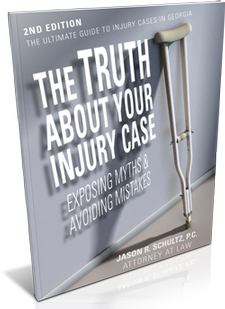Laws on Dash Cams Can Vary From State To State
Most dash cams are actually designed to be mounted on the windshield but can be adapted for dashboard mounting. Laws on dash cam use vary from state to state. Some states prohibit dash cams mounted on the windshield; some permit windshield mounts; and others permit windshield mounts, with certain restrictions. Many dash cams possess both video and interior audio capabilities. Some states require permission from both parties inside a vehicle for audio usage. Other states require the OK from just one party—the owner.
The most popular dash cams cost between $50 and $250. Higher-end models provide better video quality, and some offer nightvision support. Field of view generally ranges from 120 to 180 degrees. However, dash cams can be double-edged swords. If you did something wrong that led to or contributed to an accident, information gathered by your dash cam can be used against you.


